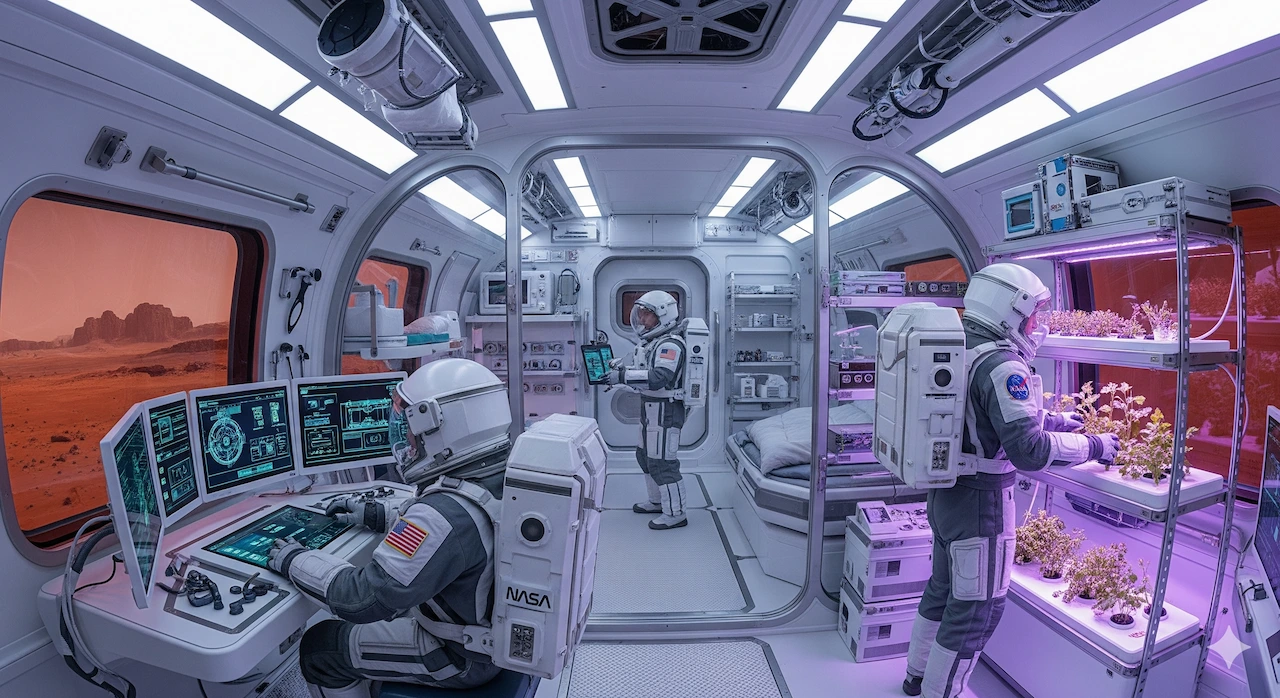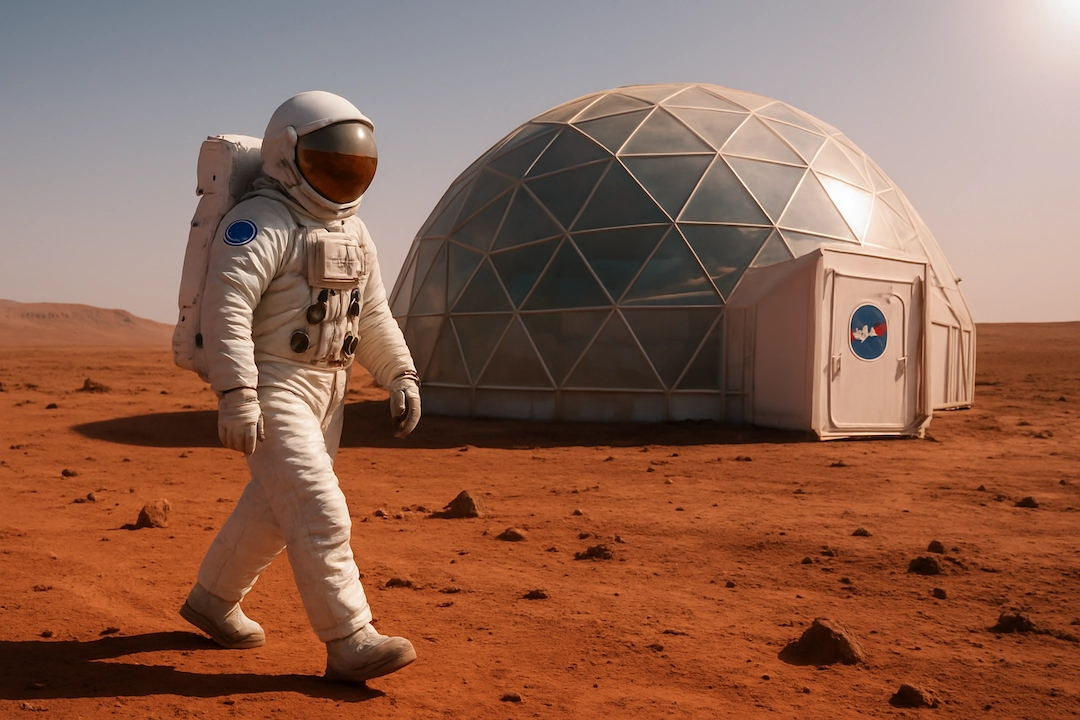GloNews10

The NASA Mars habitat prototype marks a groundbreaking step toward future human exploration of the Red Planet. Designed with cutting-edge technology, sustainability, and safety in mind, this space habitat is a key milestone in NASA’s plan for a crewed Mars mission within the next two decades.
As humanity prepares to go beyond the Moon, Mars is the next big destination. The prototype demonstrates how astronauts will live, work, and survive on the Martian surface for extended periods.
The concept of a Mars mission has fascinated scientists, engineers, and space enthusiasts for decades. However, the challenge of creating a space habitat capable of withstanding Mars’ harsh environment is immense.
Mars presents extreme conditions:
These factors make designing a safe, sustainable NASA Mars habitat prototype one of the toughest engineering challenges in history.
NASA’s new habitat design includes several innovative features:
1. Modular Design
The habitat is modular, allowing components to be assembled on Mars with robotic assistance before astronauts arrive. This reduces risk and saves time during the Mars mission.
2. Radiation Protection
Radiation is one of the biggest threats to human life on Mars. The space habitat uses layers of polyethylene and regolith-based shielding to protect astronauts from harmful cosmic rays.
3. Closed-Loop Life Support System
The prototype includes a fully integrated life-support system that recycles air, water, and waste, reducing the need for resupply missions from Earth.
4. Greenhouse for Food Production
A dedicated greenhouse allows astronauts to grow fresh vegetables and fruits on Mars, supporting long-duration missions and ensuring crew health.

The NASA Mars habitat prototype is designed to be as comfortable as possible, despite the harsh Martian environment. The interior layout includes:
Each section is optimized to make astronauts feel at home during their Mars mission.
NASA collaborated with multiple partners, including private aerospace companies and academic institutions, to create this space habitat. Advanced 3D-printing techniques allow for in-situ construction using Martian soil, reducing dependency on Earth-supplied materials.
Robotic systems will prepare the landing site and build initial structures before the human crew arrives, ensuring a safe and ready habitat.
NASA plans to send a crewed Mars mission in the 2030s. Before that, several uncrewed missions will test critical technologies like landing heavy payloads, generating oxygen from Martian CO₂, and producing fuel on the planet.
According to NASA’s official Mars exploration program, the habitat will undergo rigorous testing on Earth and possibly on the Moon under the Artemis program before being deployed on Mars.
While the NASA Mars habitat prototype is a major breakthrough, several challenges remain:
Overcoming these obstacles is critical for mission success.
NASA is not working alone. International partners like ESA (European Space Agency) and private companies like SpaceX are also developing their own concepts for space habitats and Mars colonization. Collaborative efforts could accelerate progress and reduce costs.
For more details, visit NASA’s Mars Overview.
UN Report: Renewable Energy Hits Global Tipping Point in 2025
The unveiling of the NASA Mars habitat prototype marks a historic milestone in humanity’s journey beyond Earth. It signifies that the dream of living on another planet is no longer science fiction—it’s becoming a reality.
With each technological advance, the vision of humans walking on Mars moves closer. The habitat will serve as the cornerstone of long-term survival on the Red Planet, paving the way for future colonies and interplanetary exploration.
What is NASA’s Mars habitat prototype?
It is a specially designed living module for astronauts on future Mars missions.
Why does NASA need a Mars habitat?
To provide a safe, sustainable environment for astronauts during long missions on Mars.
When will NASA use the Mars habitat prototype?
NASA plans to deploy it for missions in the 2030s after rigorous testing.